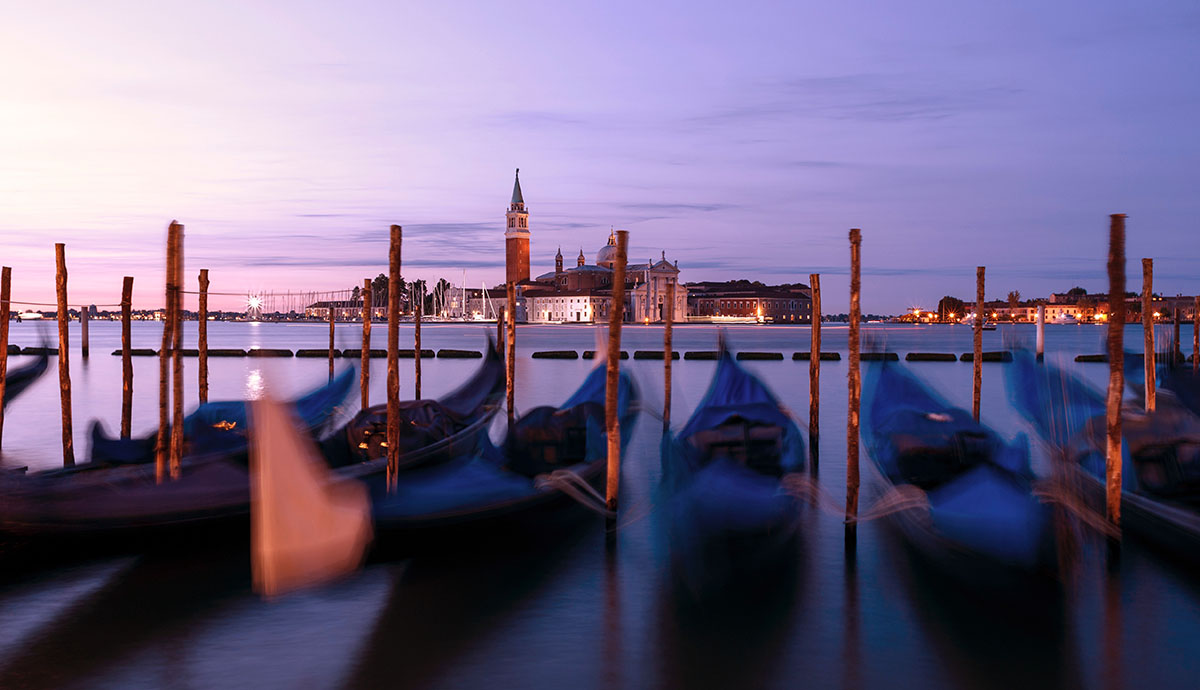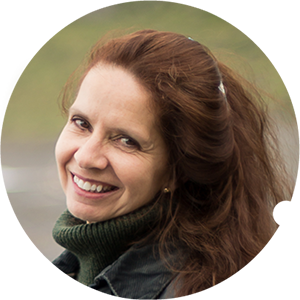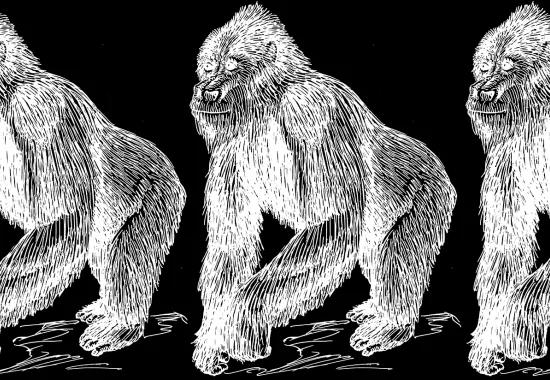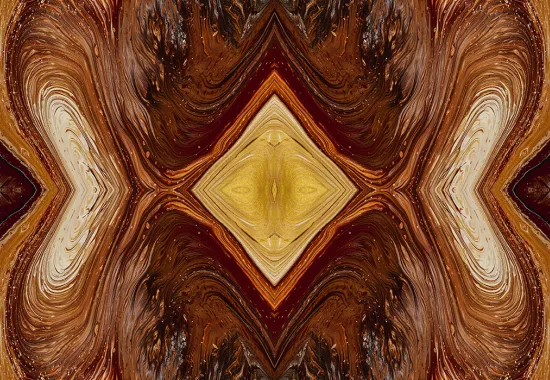My Favorite Boot
I was born in Italy, halfway between Verona and Venice, in Palladio’s city of Vicenza. I’m Italian by birth, not blood, but I’m Italian, truly, by nature. I like family, naps, food, and wine. I like art, architecture, espresso, and stylish, glorious, effortless clothes. I like well-woven wool and gorgeous yarn, some skeins tangled with phosphorescence. I like marbled anything—paper, scarves, even wastebaskets that collapse into peacock hued slimness that I regret not buying in Venice. I like leather shoes that are beautiful inside and out. I like gloves that fit as they should, and I have mine and my mother’s, hers like a second skin of cappuccino they’re so tight and smooth. I like fast, responsive cars. The fastest I’ve ever driven was in a rented red Fiat on the autostrada on the way to Salerno, not a fancy car, but I had it up to 160 kph with U2’s The Joshua Tree cranking in the background, the jagged Apennines flying by as the promise of the Mediterranean pulled.
I like pasta in all its incarnations: spaghetti, linguine, penne, lasagna, farfalle, fettuccine. The list of shapes is endless, even as are the sauces that go with them. I’ve made and eaten sauces red, white, with or without meat, black with cuttlefish ink, sweet with clams, deep with olives, or bits of arugula, tiny shrimp, olive oil and lemon. My favorite remains fresh tomatoes, olive oil, garlic and a mass of fresh basil, spaghettini alla carrettiera, from my favorite Italian cook, Marcella Hazan—my late culinary godmother, bless her.
Affixed to my Italian birth certificate is a red postal stamp of the great traveler, Marco Polo, whom legend (or marketing) credits bringing pasta back from the Orient. Either way, a brilliant transplant. When I look at the tiny stamp, I think, oh how you fated me to migrate, Marco Polo, all my life, two continents, six countries, endless American states, across the dateline and the equator, like so many charms on a bracelet, or stamps in an album, yours included. In the Dominican Republic, floating in the endless blue Caribbean, we had a Spanish live-in maid who laced Spanish alongside my mother tongue. I went to a Belgian kindergarten and still think I can understand French but can’t speak it, which says more about my childhood than I care to disclose. The only words I can convincingly use in Swedish are tack the ubiquitous word for thank you that everyone tenders at every available occasion, “Tack, tack, tack” (rhymes with sock), and vänta which means wait in the imperative. I shouted it once for a departing bus, “Vänta!” and damn if the bus didn’t stop. I’d seen the word often enough while waiting for the copy machine to warm up.
No one can steal a gondola, unless you have a fórcola, and I imagine gondola theft isn’t tolerated by those who ply these skinny bobbing lopsided coffins through the canals of Venice.
I was deep in love, teaching for the first time, in Sweden no less, and my partner spoke Swedish fluently, never mind he too was American. He’d been married to a Swede and I saw it as the enemy tongue and I had a block about learning it, even though I had the best and most sympathetic of teachers, Inger, who was fluent in Spanish and English, forever tortured by boyfriends from Algeria or Cuba. Not even the spare and lovely Swedish poetry of Edith Södergran could make me want to make the fish sounds of ä, å, and ö. When I gave birth to my first child in Sweden, land of truly, deeply wise socialized welfare, I entered a wordless place, where occasionally the midwives would mime for me to breathe, but no words were spoken.
The only language I’ve ever wanted to speak is Italian. A language I don’t know unless you count years of Latin. My husband—of Swedish fame—and I kept passing this tiny, cunning shop in Venice (see, she keeps coming back, La Serenissima) with these amazing sculptures in walnut, oak, and other hardwoods. They were graceful, mysterious and powerful, like Henry Moore’s maquettes, and we wanted one. The guidebook revealed what we were hankering for, a fórcola, the rowlock of gondolas. At night, the gondoliers pull the fórcola from their long black sinister craft, shoulder them and their oar and go home to dinner, and each fórcola is made specifically for the gondolier’s height and rowing needs. No one can steal a gondola, unless you have a fórcola, and I imagine gondola theft isn’t tolerated by those who ply these skinny bobbing lopsided coffins through the canals of Venice.
For days, we passed this shop, and it was never open, and no hours were posted. Typical of Italy that opens and closes when she pleases. I’ve yet to see Titian’s Portrait of a Young Englishman, my first love, because the Palazzo Pitti has been closed every time I’ve been in Florence, but then these are luxury problems. One day sated with another meal from the Trattoria Da Ignazio, where once I ordered a white sauce and red wine, the old, genteel waiter who served me both times I dined, seven years apart, laughed and said, “Wine is wine” (no doubt an Italian Zen koan), so on this day, replete with wine, pasta and fish from Da Ignazio, we strolled by, and behold, the fórcola shop was open. We entered. A small, dark haired man wearing a leather apron, chisel in hand, black cat writhing around his legs, greeted us. We told him in English we wanted to look at and maybe purchase one of these splendid sculptures. He had no English, and we had no Italian. I resorted to my long buried Spanish, and somehow we made ourselves understood. Spanish and Italian are kissing cousins as my multilingual mother proved, her BA in Spanish, and Italian just another trinket she picked up to get us dinner and accommodations as we trailed across Europe following in my father’s army wake.
We walked around his shop, touching the gleaming wooden sculptures, sinuous as the carpenter’s cat, sanded to matte satin. He showed us his portfolio, and there, in the Metropolitan Museum of Art, is one of his fórcola. They are that beautiful. Ours is walnut, a working fórcola, not one for racing, signed, F. Funimetto. Even his signature is artful. Sometimes we tease guests and ask, what is it? The brightest, or the nautical, often guess correctly.
We could steal a gondola if we only had the oar. Signore Funimetto made and repaired those too. Long lean layers of beech, carved with team names or clubs or families. Because he loves wood, boats and water, for his birthday I gave my husband a wooden outrigger paddle from Hawaii. A shorter, more durable oar to push against bigger water. An oar for sitting down, not standing up and rocking on the moody filthy waters of Venice. Twice I saw dead crows floating in the canals, separated by several years. I could say, like Norman Maclean, I am haunted by waters.
Spanish and Italian are kissing cousins as my multilingual mother proved, her BA in Spanish, and Italian just another trinket she picked up to get us dinner and accommodations as we trailed across Europe following in my father’s army wake.
Now I live in New Zealand, surrounded by water, with more contiguous coastline than the United States. The Kiwis call the ocean the sea, as though somehow that makes it smaller, when in truth we are in the middle of the water hemisphere, deep in the South Pacific, five hours north of Antarctica, three hours southeast from Australia across the Tasman (a sea the Kiwis call “the ditch,” again this diminution of what is not small). I’m 24 hours and a day behind Italy, where my placenta is buried, metaphorically speaking. The Māori believe where your placenta is buried is a place of power and significance. Their word for land, whenua, also means placenta, and all the lands emerged from the womb of Papatūānuku, the earth mother, underneath the ocean, and the thousands of islands dotting the Pacific are all whenua, placenta. I sometimes wonder if my hunger for Italy, which is both real in terms of food, also has this innate connection, a desire to get back to my original standing place, my tūrangawaewae (literally tūranga, standing place, waewae, feet). It’s true, though most of my life up until now has been landlocked, I keep trying to return to where I was born, to a land surrounded by water, cut with water, fraught with water, to Italy, the boot into which my foot always fits.
One year, on my birthday, my husband and Swedish-born son were in Venice. I was trying to cough up the hairball of envy they were in Italy at all, when my husband held his laptop out the hotel window. Twelve time zones away, morning in Venice, I could hear church bells ringing all over the city thanks to Skype: this was my favorite and most ephemeral present. When they returned to New Zealand my husband had the wisdom to bring me a black pleated silk stole from Antonia Sautter, the great Venetian costumer, lapis blue leather gloves lined in cashmere, a tiny silver charm of a gondola, complete with a fórcola, and two, yes two, collapsible marbled wastepaper baskets. He returned like a displaced Marco Polo bearing riches from the Mediterranean to the Antipodes. But what everyone wants, more than gifts, is the return of the beloved, come back to us across time, space, impossible distance. For love is the place to stand, the true tūrangawaewae, wherever we are on this earth. Short of love, there is always Italy.
Recommended
Schizophrenic Sedona
Recense (realized)
Notes on Hands






